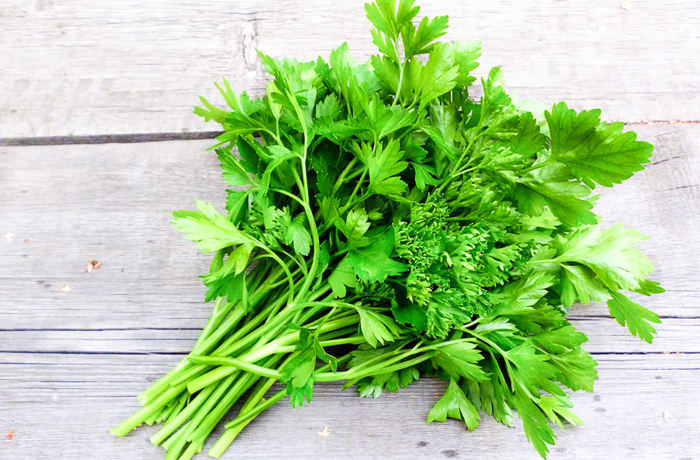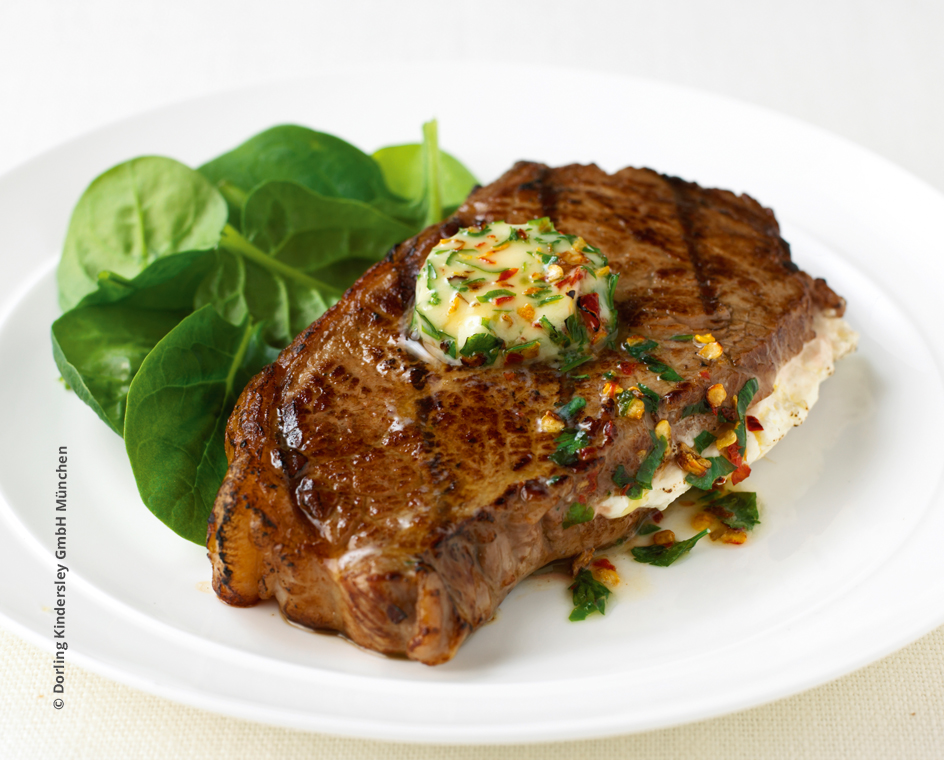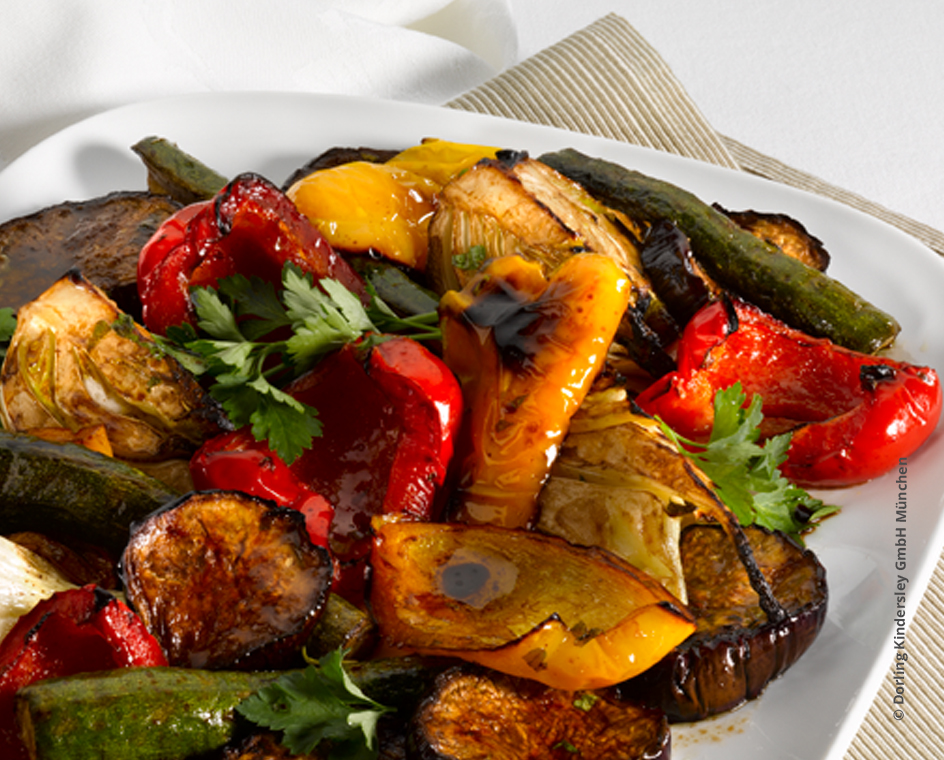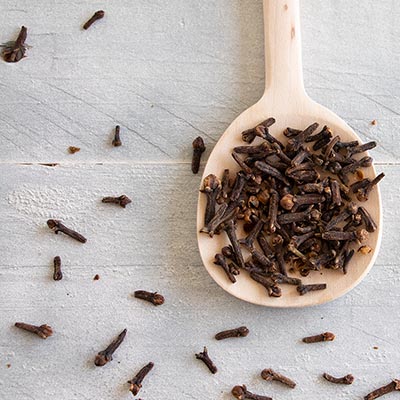This popular herb comes from the Mediterranean and has been known since ancient times. In ancient Greece, parsley was used as a culinary herb and as a medicinal herb. It was considered energizing, so parsley wreaths were worn for special occasions and victory celebrations. In Greek legend, it is reported that Hercules wore a wreath of parsley in his battle with the hydra.
The ancient Romans also used parsley as a medicinal herb. Probably parsley was also spread in Central Europe by the Roman conquests. In the Middle Ages, parsley was used as a weed against witches and mixed in love potions and ointments.
Even today, parsley is one of the most important culinary herbs in Central Europe. Particularly to distinguish are the flat parsley and the curly parsley, which have different leaf shapes, but also slightly different flavours. Important production areas are France and the Netherlands.
Parsley is a biennial plant with a height of 25-80 cm.
Flavour of Parsley
The taste of parsley is spicy, green and intense. Smooth parsley tastes stronger than ruffled parsley.
Usableness of Parsley
Parsley is a very popular culinary herb that refines many different dishes, both in taste and appearance. Classically parsley belongs to the French spice bouquet "bouquet garni" and the Frankfurt green sauce.
Parsley is also very popular in parsley pesto, herb butter and herbal curd due to its spicy aroma. The cabbage is also a fine seasoning for broths and sauces. Sprinkled over salad, soups, potatoes, meat or fish, parsley gives the food a fresh, green look.
In Italian cuisine parsley is often prepared with garlic and oil, e.g. in spaghetti aglio or pasta oilo e peperoncini. In Levante cuisine, parsley is a popular garnish but also the main ingredient in tabouli, a salad of chopped parsley leaves, mint and burgul.

























